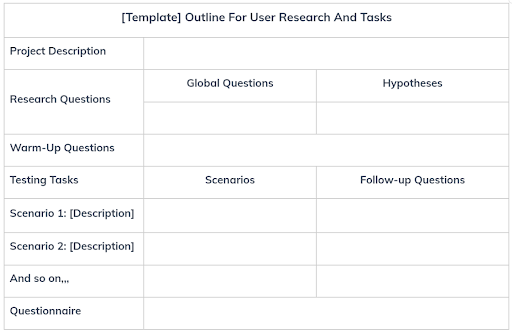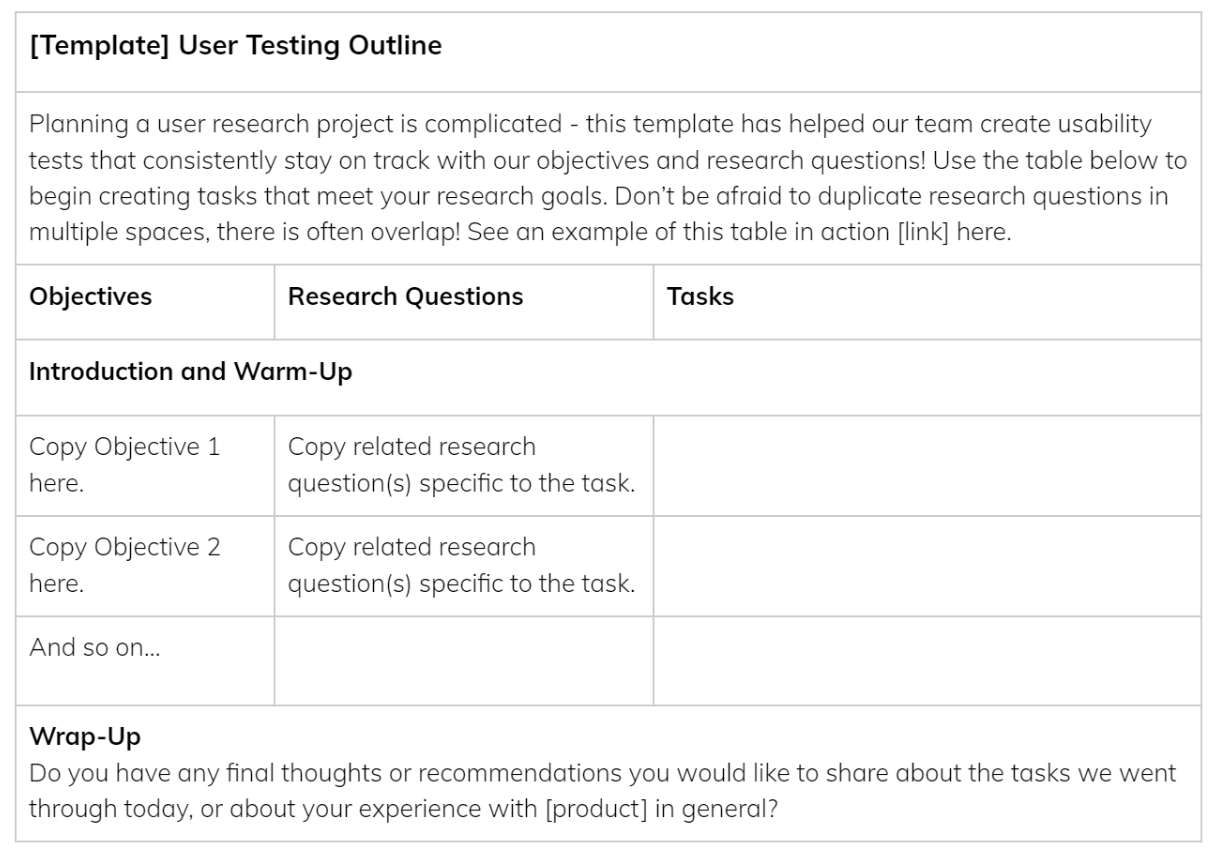Background
If you’re new to the world of design research operations and curious, Welcome! Put simply, research operations, or research ops, is like the backstage crew, ensuring effective user research by providing the necessary resources and processes to support researchers in maximizing their impact within an organization. Learn more here!
My Introduction to Research Operations
My first day as a user research intern brought first-day jitters, which were magnified as I clicked 'Join meeting' on the onboarding Zoom call. The apprehension faded as my manager helped me get acquainted and mentioned a conference scheduled for later that day— the ReOps conference. Exploring the conference host’s website, the ReOps community offered a glimpse into a world I hadn't considered before. I was intrigued. I thought as user researchers, we were the behind-the-scenes guys but I hadn't paused to think about who supported us.
I began to think: Did companies have a dedicated team in charge of overseeing research operations? Did the responsibility fall on senior researchers? Did our team have one? Is this a field I wanted to explore?
This encounter with a field adjacent to user research, combined with my appreciation for interdisciplinary learning, sparked my curiosity. Post-conference, I didn't dwell on it, assuming “reops” might be associated with higher positions or managerial roles. I thought I might encounter it later, but for now, it was just my first day as a user research intern.
Research Operations in Action
Assigned to a new project a few months later, the familiar mix of excitement and nervousness returned. I received a ‘Minimum Project Plan’ (MPP), a planning tool distributed by library IT leadership to help with project scope and resource allocation. This document outlined research objectives, timelines, methodologies, and team involvement, which fostered shared understanding among leadership and project members.
While this well-organized planning tool eased my anxiety about understanding the project, it prompted me to consider: if I had to craft a planning document to convey complex information, how would I approach it? Taking mental notes of its structure, I recalled a useful spreadsheet of UX templates from my onboarding.
The spreadsheet served as a comprehensive toolkit supporting various stages of the research project. It contained UX templates that provided frameworks for planning research, selecting appropriate methodologies, recruiting target participants, and analyzing collected data.
Recalling the ResearchOps conference, I had a moment of insight. All of these guiding documents were research operations in action! These documents were a part of established research operations practices, showcasing an effort to optimize research workflows by streamlining processes, ensuring consistency, and aiding knowledge management. Unlike my initial impression, research operations wasn’t a detached practice done behind the scenes by a separate team or executive; rather, it was intricately connected to my research.
Contributing to Research Operations
As a member of a close-knit UX team comprising four members within a larger organization of 500, managing around 60 interfaces, I had the invaluable opportunity to engage closely in research operations. This unique environment facilitated hands-on learning and allowed me to indulge my curiosity. As I immersed myself in various facets of the research project, I identified areas where I could make meaningful contributions to our team's research operations. Below, I outline a few notable highlights.
Key Moments
1) Improving Structure for User Testing Planning
Context: I was assigned to a complex multi-phase project to assess an interface’s usability. We had a well-defined user research plan and prepared for testing by creating usability tasks and scripts for upcoming virtual and in-person user tests.
Challenge: Initially, we used a template from the UX inventory (Figure A), which helped with formulating research questions, hypotheses, and developing testing tasks by establishing scenarios and relevant questions. However, as our project grew in complexity, with various research questions and usability tests across multiple interactions and pages, the tabular layout became overwhelming. We struggled to visually connect the diverse research questions and usability tasks we were writing to help answer them. We needed a format that visually captured the interconnected nature of test objectives, research questions, and usability tasks.

Solution: With my teammate's assistance, I developed a structure (Figure B) to meet our research needs. We identified objectives from stakeholder requests and a prior heuristic evaluation, formulating research questions for each objective. These questions guided us in creating tasks for usability sessions, presented side by side in a tabular format for easy correlation. This clear connection between tasks and research questions enhanced task writing, ensuring each question directly contributed to project goals and optimized user time, eliminating redundancy and optimizing the user's time during user testing. This document became our key reference throughout the project, providing clarity when we felt lost.

Impact: A few weeks later, our UX team manager adopted this new structure for one of his projects, finding the format beneficial for arriving at tasks through visual mapping. I converted this document into a template, now included in our UX Team’s document library.
2. Managing Data Volume: Streamlining Analysis and Communication
Context: In navigating a data-rich research project involving remote user testing and walk-in tabling sessions with over 50 participants, we encountered the challenge of managing a large volume of observations and responses, totalling over 475. A researcher's dream and challenge—Data, data, and more data! Time to analyze.
Challenge: After conducting a thematic analysis on 475+ observations and responses, our digital whiteboard grew overwhelming, further compounded by the need to navigate its expanse during team meetings.
Solution: To address this, I created summary cards for each theme, capturing key findings concisely, including user’s experiences, and quotes as evidence. These cards streamlined discussions, presenting information in easily digestible bits for better comprehension. Ultimately, the 475 responses were condensed into 30 cards, each containing a unique issue, context, evidence, and the team’s recommendations.
Impact:
On developers: The summary cards improved communication, helping developers understand findings and insights without requiring additional context. Through collaborative exercises using an impact-effort matrix, we prioritized actionable changes and set realistic expectations for urgent and feasible improvements. Incorporating developer feedback, we then created mockups. The summary cards expedited the preparation of a slide deck for the final stakeholder presentation, serving as key points.
On stakeholders: Our stakeholder handoff was hailed as the best by the UX team lead. Stakeholders were impressed with the preparedness, with mockups readily available for the next steps. Discussions on findings, feasibility, and system capabilities led to adjustments in recommendations, all highlighting the importance of collaboration as a vital component in research operations.
Takeaways
Reflecting on the deeper understanding gained through exploring ResearchOps, I realize the significance of interconnected research processes. As our UX team transitions to another phase of our project work, focusing on analyzing a new set of interfaces, I'm prompted to consider how we address issues across projects within the same study. Should we manage these separately in project silos, or strive for connectivity across projects? Moreover, upon reflection of the phase 2 handoff, I question whether developers need more information to act effectively. Are there additional steps that R&D teams can take to assist?
This exploration has refined my project approach, highlighting the importance of a well-organized infrastructure. It empowers me to navigate user research complexities with a strategic mindset and a holistic approach that extends beyond procedural efficiency, emphasizing the value of people and relationships.
I’d like to thank Ben Howell, Robyn Ness, and Emma Brown for their encouragement and mentorship during this internship.